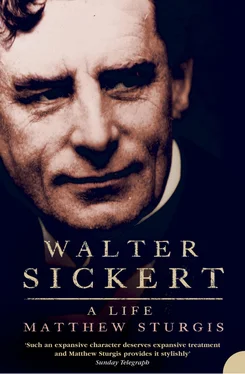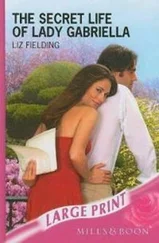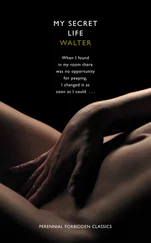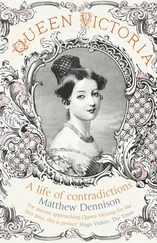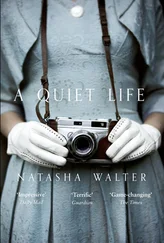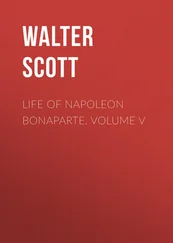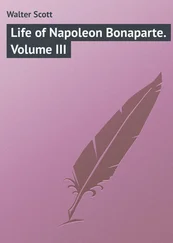One of their first excursions together was to the Royal Academy. Sickert had a commission from Art Weekly , the periodical edited by Francis Bate, for a two-part ‘signed review’ of the Summer Show. 25 Art Weekly was not Sickert’s only press outlet that summer. Herbert Vivian, his young journalist friend, announced plans for a ‘lively and eccentric newspaper’ to be called The Whirlwind , 26 and Sickert agreed to be the art critic of this satirical weekly. The first issue, published at the end of June 1890, heralded him with generous hyperbole as ‘one of the leading Impressionist painters of the age’. Sickert wrote at once to the ‘editor-proprietors’, Vivian and his partner the Hon. Stuart Erskine, protesting at the ‘shamelessness’ of this description. The letter was published in the next issue above the terse note: ‘Mr Sickert has forgotten. He wrote the paragraph himself.’ 27 The position gave Sickert ample scope for promoting the ‘cause’, albeit amongst a limited and probably already converted readership. He wrote reviews, letters, general articles, as well as commentaries on pictures by his fellow London Impressionists. The paintings under discussion were reproduced in line-block, sometimes by Sickert himself, as ‘The Whirlwind Diploma Gallery of Modern Pictures’.
Sickert also contributed drawings of his own. His excursion into portraiture had had an effect. He was asked to provide a weekly ‘full-page cartoon … of a person of distinction, taken from life’. 28 His first offering was a drawing of Bradlaugh – probably a study made at the time he was painting the picture shown at the NEAC. Other ‘persons of distinction’ included Tom Potter MP (at whose table Sickert had met Herbert Vivian), Henry Labouchere, another radical politician and the editor of Truth , and the solicitor George Lewis (who, with the ingrained caution of his profession, preferred not to sign the finished picture, lest he should commit himself to something). 29 Sickert also approached Sir Henry Irving about a sitting. 30
This intensity of production could not be kept up. At the beginning of August, Sickert went over to Dieppe with the usual crowd of Cobdens and Sickerts. Florence Pash was also there, together with a Mrs Forster and her children. 31 Though Sidney Starr (another of ‘the leading Impressionist painters of the age’) took over the position of art critic on The Whirlwind , Sickert continued to send in his ‘full-page cartoons’, finding plenty of distinguished persons amongst the holiday visitors. He drew a portrait of Blanche sitting with his dog Gyp on his knee, as well as pictures of John Lemoinne and Sir Charles Rivers Wilson, one of the Duchesse de Caracciolo’s several admirers. 32
Having maintained his portrait commitment to The Whirlwind throughout his ‘holiday’, Sickert promptly allowed it to lapse on his return to London. The sequence of drawings came to an end in mid September, leaving the editor-proprietors to apologize to their readers that owing to the ‘liveliness and eccentricity’ of Mr Sickert, they were ‘unable to publish a cartoon this week’. 33 Or indeed any other week. Only one more drawing was reproduced, a portrait of the artist Giovanni Boldini, probably done from sketches made at Dieppe, which appeared on 13 December in the short-lived periodical’s antepenultimate issue. (Having abandoned the weekly commission, Sickert did try to persuade Irving to give him a sitting anyway: ‘If you ever have an idle hour to spend & would let me know when you could come [to my studio] I need hardly say how much I should like to paint for myself a sketch, which would after all, take no longer than the line drawing I originally intended.’ 34 ) Irving, it seems, did not take up the offer.
It was probably not only ‘liveliness and eccentricity’ that was keeping Sickert from his journalistic obligations that autumn. His domestic arrangements were once more in flux. Escaping from the rather cramped conditions at Pembroke Gardens, Ellen and he moved in with Jane Cobden. 35 She had recently bought a ‘little house’ at 10 Hereford Square, South Kensington. 36 Sickert also rented a separate workspace at 10 Glebe Studios, a purpose-built block in Chelsea, just off the King’s Road, close to his Impressionist confrères.
Although the smart new studio was a significant expense, it was hoped that it might provide some small return. Perhaps inspired by the example of Florence Pash, Sickert determined to offer classes there. Teaching seemed a less taxing and potentially more remunerative avenue than fringe journalism, and Chelsea must have appeared a propitious setting for such an enterprise. He issued a prospectus advertising ‘Mr Walter Sickert’s Atelier’, offering daily life classes under his ‘immediate supervision’. Students were obliged to supply their own easels and ‘other materials’. Fees of seven guineas a term were ‘payable in advance’. 37 It is not known how many pupils turned up with their own easels, but there was one at least. Mrs Forster’s son, Francis, became a pupil of the Sickert Atelier. 38
Chelsea reunited Sickert with several old friends. Whistler and Beatrice were living at 21 Cheyne Walk, and Charles Keene had his cluttered, costume-filled studio in the King’s Road. 39 The pleasure of seeing Keene again was, however, short lived. It was an exceptionally harsh winter; Keene fell ill and, four freezing snowbound days into 1891, died. He was aged sixty-eight. On his deathbed he had sent for Sickert and Sidney Starr and let them choose any drawings of his that they liked. 40 A large crowd gathered amidst the frozen drifts at Hammersmith Cemetery to pay their respects, including many artists. 41 For Sickert, it was a sad loss. Keene was the first of his three self-chosen mentors to die. He had provided a constant source of inspiration and pleasure, a reminder of the paramount importance of drawing. ‘Bad drawing’, Keene had been wont to say, ‘somehow revolts me.’ 42 Sickert might have been expected to contribute an obituary of his hero, but he held back. He felt that George Moore had written the article he would have liked to have written. 43 Nevertheless, he was anxious that Keene should be properly memorialized. He encouraged Blanche to write a piece for the French press and supplied him with a page of biographical anecdotes and facts. 44
Keene’s was not the only death of the New Year. Towards the end of January, Charles Bradlaugh passed away. Although Ellen wrote to his daughter, Hypatia Bradlaugh-Bonner, sending condolences from herself, Walter, and Jane, and announcing an intention of attending the funeral at Woking, the news was not without its positive aspects. 45 Sickert, through his painting at the NEAC and The Whirlwind cartoon, had achieved a position almost as Bradlaugh’s official portraitist, which he sought to exploit in a small way by offering to paint a memorial picture of the politician’s study. And although progress was held up by the February gloom, his own initiatives were soon overtaken by the schemes of others. 46 The National Liberal Club put in hand a subscription to buy the picture exhibited at the NEAC, and a Manchester businessman commissioned a full-length posthumous portrait of Bradlaugh for presentation to the Manchester Secular Society. 47 These were Sickert’s first tastes of official approbation, and reward. They were to be enjoyed even if, beneath the sweet savour, there lurked a recognition that success had been achieved via conventional portraiture rather than through the daring representations of London’s music halls. Sickert was becoming aware of the practical demands of life – or so Ellen hoped, and he himself fondly believed. A new term began at ‘Mr Walter Sickert’s Atelier’ on 16 March. 48
The demands of work did not, of course, preclude all chance of pleasure. The convivial life of the streets and studios was always close at hand. Sickert was one of a group of local artists who banded together early in 1891 to form the Chelsea Arts Club in rooms at 181 King’s Road. It was to be, not another exhibiting society, but a social and dining club. The venture was at once a great success. Stirling Lee, a convivial sculptor, who had made a portrait medallion of Sickert, became the first club chairman, 49 and Whistler – as the doyen of Chelsea’s artistic community – was persuaded to join. But if he brought a weight of achievement to the fledgling institution, it was generally agreed that Sickert added the zest of style. Still in his magnificently moustachioed, dandified phase, he was an adornment to the rather shabby ground-floor and basement premises. More than one fellow member thought him ‘the best-looking man in the club’. 50
Читать дальше
